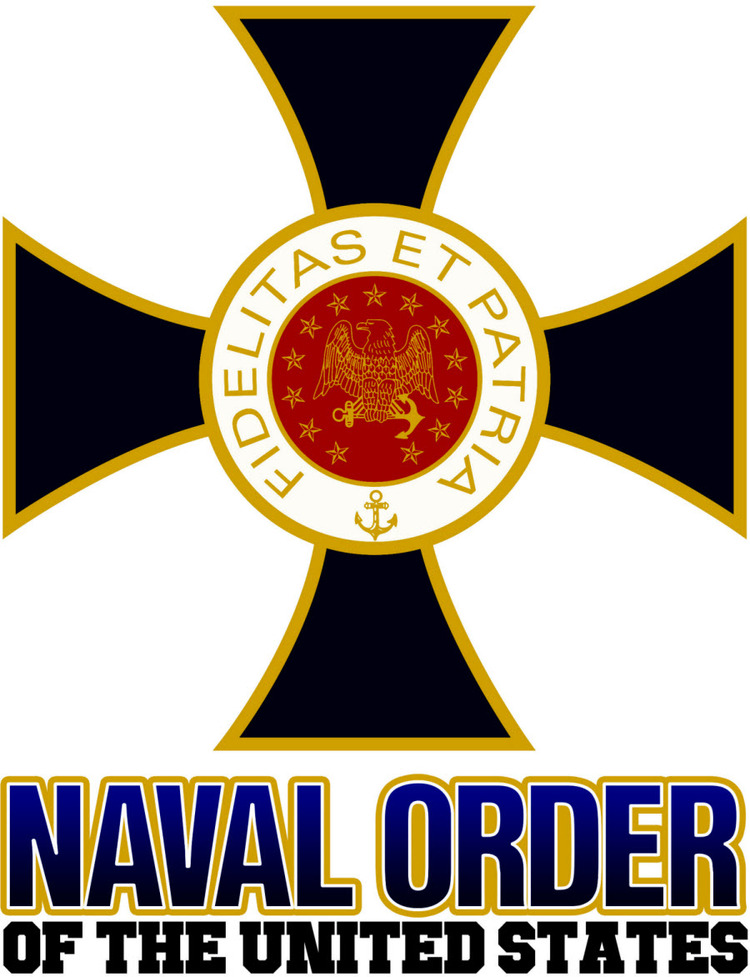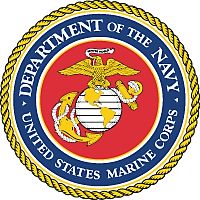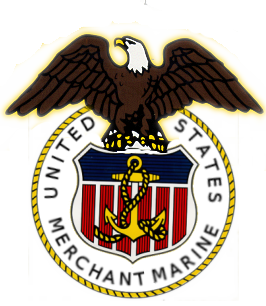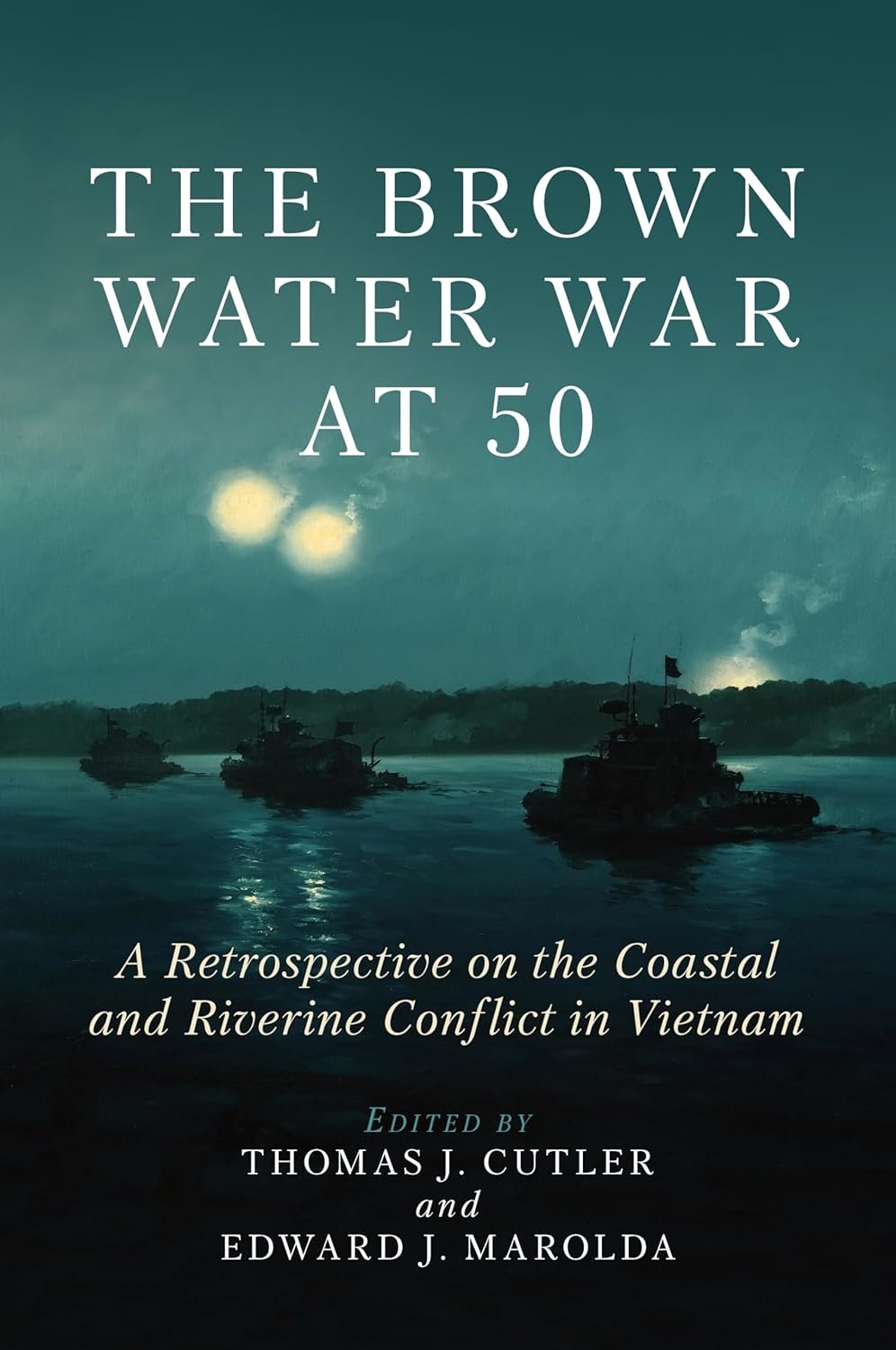The Brown Water War at 50: A Retrospective on the Coastal and Riverine Conflict in Vietnam
Medium Used:
Rating:
Released: October 15, 2023
Publisher: Naval Institute Press
Most people would agree that the Vietnam War was a period in American history that most Americans have long wished to forget. Since the war's end, many historians have documented the American experience, from the government decision process to the daily battles and the unique warfare employed in a very different battle space. However, the role of the brown water Navy, often overlooked, was significant and deserves to be recorded in our Naval history.
Naval historians Thomas L. Cutler and Edward J. Marolda have assembled essays that bring to life the unique experiences of the men who served in the brown water Navy. These men, who developed the tactics and served in the rivers and coastal areas of the Republic of Vietnam, share their stories in a way that invites readers to step into their shoes. Captain Thomas G. Kelly, a brown water Sailor and recipient of the Medal of Honor, writes in the forward, “When most people think of the Vietnam War, they visualize Soldiers and Marines slogging through the mud, or Navy and Air Force aircraft bombing targets in the jungle below.” Few people remember or even know about the Navy and Army Riverine Force, Navy attack helicopter squadron, Navy and Marine Corps amphibious forces, and the creation of the Vietnamese Marine Corps. Additionally, most people would connect Admiral Elmo Zumwalt with many social changes in the Navy, such as letting Sailors wear beards, and not being the architect of the Navy’s strategy in Southeast Asia.
In the first chapter, “Reflections of a Brown Water Sailor,” Cutler sets the stage by explaining the Navy’s reaction to the US's entry into the Vietnam War. In the early days of the war, the Navy responded by deploying destroyers and destroyer escorts unsuitable for the coast's shallow waters and inner coastal waterways. Early on, strategists believed the North Vietnamese were infiltrating South Vietnam from the sea and using the canals and rivers to move supplies and soldiers inland. However, a change in weapons systems and tactics was needed.
Vice Admiral Zumwalt took command of Naval Forces Vietnam in 1968. Edward J. Marolda, in the chapter “Mustering Warfare on the Rivers and Coast of Vietnam,” explains how Zumwalt and his staff developed a “simple but brilliant plan to limit the enemy’s infiltration of arms and men from Cambodia… secure the waterways of the Mekong Delta and I Corps for civilian commerce.” The program's success, “the Navy’s flexibility, adaptability, and ingenuity, resulted in support for the Navy in both Saigon and the Pentagon.”
In addition to fighting in Vietnam, the Navy and Marine Corps were responsible for advising and assisting the Vietnamese Navy, creating the Vietnamese Marine Corps, and advising the Vietnamese Army. Marine Corps historian Charles D. Melson, in his chapter “Vietnam Marines Afloat and Ashore,” tells the well-documented story of Marine Captain John Ripley and the Dong Ha Bridge, where he was awarded the Navy Cross for his actions as an advisor. George Veith, who has written extensively on the Vietnam War, wrote an excellent chapter, “The Vietnam Navy and Marine Corps,” describing how the Vietnam Marine Corps grew from a few companies to a division that the Vietnamese Army considered an elite force. Meanwhile, the Vietnamese Navy was often saddled with outdated equipment and ships that required extensive maintenance to keep them in the fight.
The book provides firsthand accounts or well-researched and documented chapters on the U.S. Navy’s time in Vietnam. Each author can stand by their experiences or research on the war. Each chapter is well written with endnotes documenting the study and often accompanied by personal or official Navy photographs. I highly recommend The Brown Water Navy at 50 to anyone interested in U.S. Navy history or the history of the Vietnam War.
Author: Edited by Thomas J. Cutler and Edward J. Marolda
Reviewer: David A. Mattingly, Deputy Commander of the National Capital Commandery. ISCM (AW) David Mattingly served over thirty years as an intelligence specialist in fleet and joint commands. He was assigned to the USS Midway Carrier Intelligence Center during Operation Frequent Wind. He also served as a civilian Senior Intelligence Officer with the Department of Defense and Senior Research Analyst with the Department of Justice.







